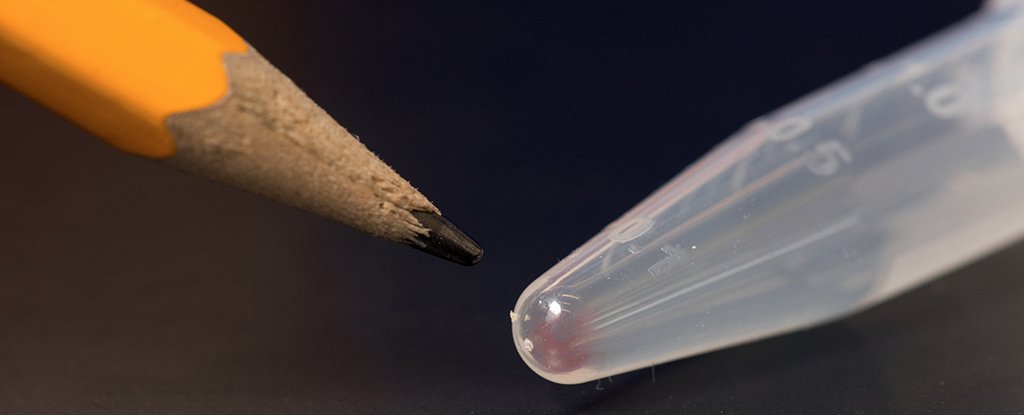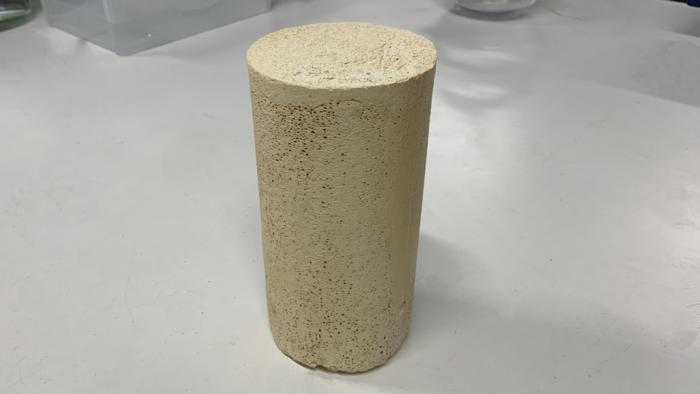Booming demand for digital data storage space is growing exponentially, and scientists are looking for new places where massive amounts of data can be stored and utilized with efficiency.
To address this issue, researchers from Microsoft and the University of Washington (UW) have developed a new technology that could help shrink the space needed to store digital data, which at present, would fill a Walmart supercenter down to the size of a sugar cube. They are going to do this by turning to DNA as a storage solution.
Researchers were able to encode four digital images into strings of DNA. Not only that, but they were also able to reverse the process and retrieve the four images without compromising an information byte.
Researchers chose DNA because it’s extremely dense, with a raw limit of 1 exabyte/mm3 (109 GB/mm3), and long-lasting, with an observed half-life of over 500 years.
Luis Ceze, one of the researchers, explains in a press release, “Life has produced this fantastic molecule called DNA that efficiently stores all kinds of information about your genes and how a living system works — it’s very, very compact and very durable. We’re essentially repurposing it to store digital data — pictures, videos, documents — in a manageable way for hundreds or thousands of years.”
Challenges to using DNA as a storage system:
At present, the cost involved and efficiency linked with synthesizing and sequencing DNA on a larger scale is the biggest barrier. Moreover, this process mostly relies on biotechnology techniques, but the practice can incorporate new expertise as well.







